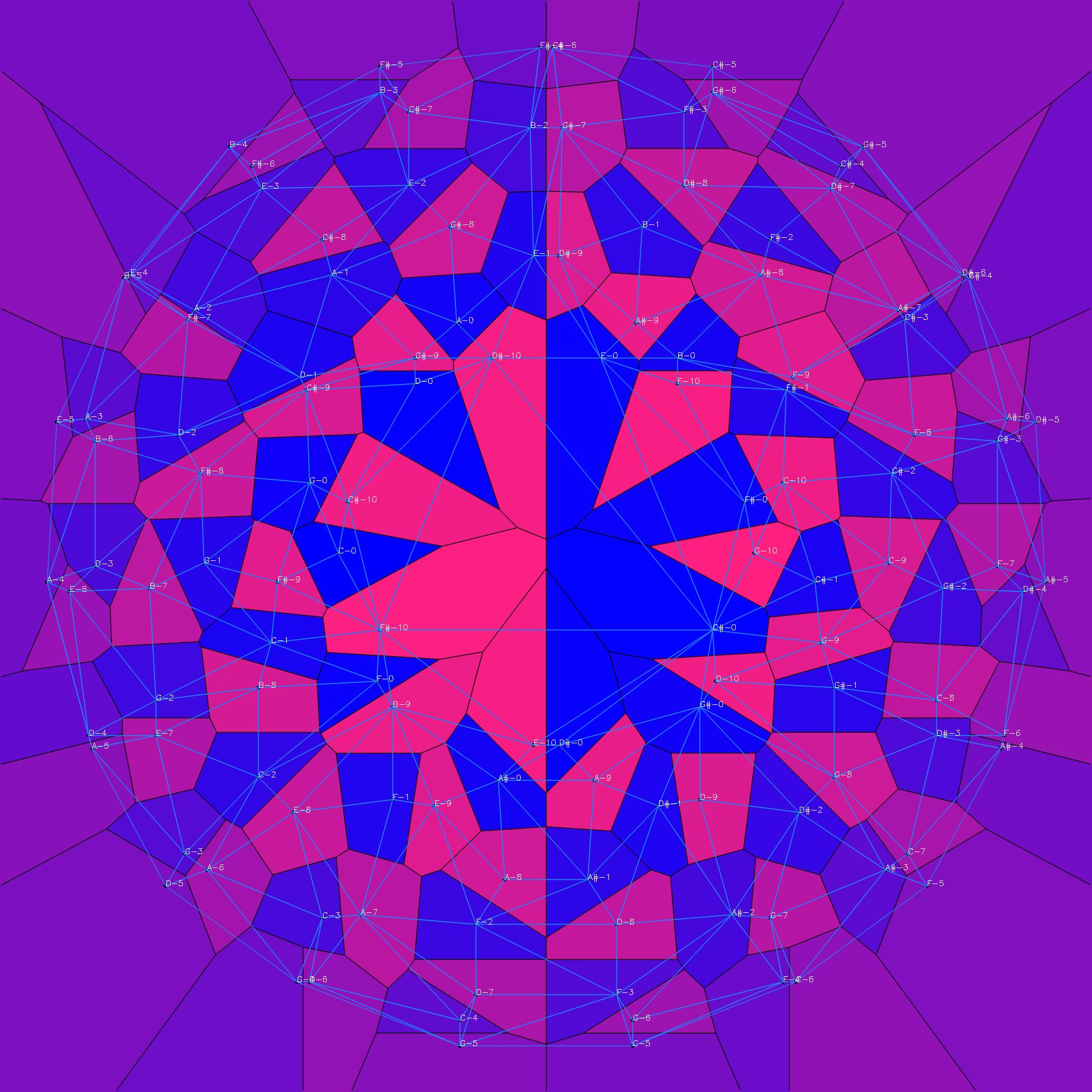 I have been experimenting with number theoretic techniques to get some algorithmic compositions. I use python (mingus) to create the midi, import it on musescore 2 and have the corresponing score.
I have been experimenting with number theoretic techniques to get some algorithmic compositions. I use python (mingus) to create the midi, import it on musescore 2 and have the corresponing score.
The method is based on a few ingredients:
I use C-major or C-minor and use a symmetric function $f(a,b,c,\cdots)$ and plug in numbers $a,b,c,$ from $1 \le x \le 31$ or some other intervall and compute $f(a,b,c,..) \mod 8$ or $\mod 5$ to generate the pitches.
To generate the rhythms / bars, I use a technique to map natural numbers to binary trees (divisorTree, sumTree). This way I have some control over the rhythm fast / slow by plugging in different numbers.
In a mixed ensemble I use binary digits to determine at which bar the instrument plays. This creates attention to the listener, so that he/she asks himself/herself, what comes next.
Which other algortihmic techniques from number theory do you know which are used for algorithmic compositions?
Thanks for your help.
The scores can be found at: https://musescore.com/user/37663311
Edit: I use e new technique to create a piece of 48 min with 8 instruments and 650 pages scores: (I hope you enjoy:)
https://musescore.com/user/37663311/scores/6651858
Another edit: Voronoi diagram / Delaunay triangulation of pitch consonance similarity, as measured with the kernel $k(a,b) = \frac{\gcd(a,b)^2}{ab}$:
https://www.reddit.com/r/musictheory/comments/tcamot/an_image_of_pitches_for_pitch_consonance/
